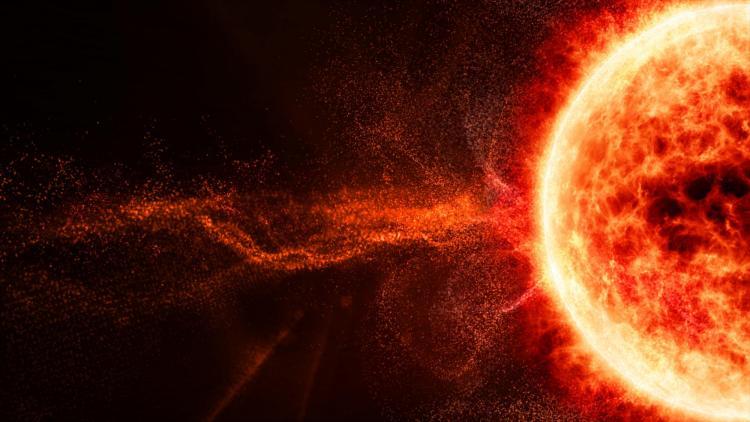Professor James Meiss: Solar Flares
This week, Applied Mathematics Professor James Meiss had his interdisciplinary work on solar flares highlighted in a College of Engineering & Applied Science article.
Along with Thomas Berger, the director of the Space Weather Technology, Research and Education Center, Professor Meiss assisted Professor Elizabeth Bradley from the Computer Science Department in better understanding solar flares and how to predict their occurrences. Professor Meiss began working with Professor Bradley in 2000, co-advising an Applied Math PhD thesis, and “have been collaborating in this area for many years,” Professor Meiss explained.
Professor Meiss elaborated on his role on the project:

To learn more about the project and those involved, read the original article. Image credit to the original article as well.


